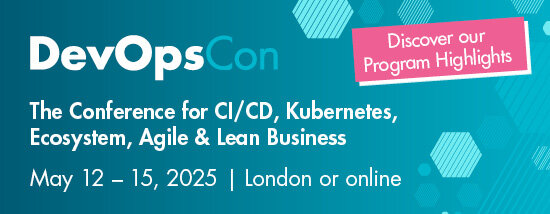#kubernetes
-
DevOpsCon London 2025

-
Demystifying Kubernetes Configuration Management

- 0 comments
- 0 views
-
Live Hack: Hack My Mis-Configured Kubernetes
James ·
- 0 comments
- 0 views
-
From Swarm to Kubernetes and Back Again
- 0 comments
- 0 views


.png.6dd3056f38e93712a18d153891e8e0fc.png.1dbd1e5f05de09e66333e631e3342b83.png.933f4dc78ef5a5d2971934bd41ead8a1.png)

.thumb.jpg.10b3e13237872a9a7639ecfbc2152517.jpg)